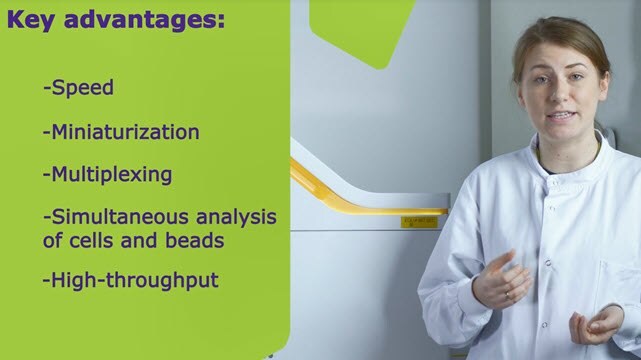ADC Product Characterization

Antibody drug conjugates (ADCs) that link monoclonal antibodies to deliver highly potent active pharmaceutical ingredients (HPAPIs) are inherently complex, making it imperative that you characterize your biotherapy to confirm its structure, binding, purity, and potency. As your characterization partner, we can provide expert guidance on the biological components of your ADC in both its “naked” and drug-conjugated versions – conducting safer, more reliable, and faster testing that helps to expedite product quality decisions at critical junctures.
Our ADC product characterization services feature:
- GMP compliant laboratories
- Up-to-date regulatory advice and oversight
- Cutting-edge technology and equipment
- Experienced scientists and a dedicated project management team
Related Product Resources
Request Information
Assays that de-risk development and manufacturing
The safety and effectiveness of your ADC starts with understanding the role played by the antibody in directing an ADC to tumor cells, as well as the potential for immune recruitment. Our broad range of assays for conjugated and unconjugated forms can help identify a variety of critical factors:
- Antibody structure–function relationship
- Desired quality attributes for its chosen application
- Binding to the target antigen
- Cytotoxic activity
- Impact on efficacy following conjugation
- Functionality following conjugation
- Choice of linker used or the method of conjugation
See standard assay recommendations that can reveal your ADC’s structure, binding, and potency.
Binding
Potency
Compendial
An adaptive partner with specialist expertise
To help you bring safe new treatments to market, Merck’s BioReliance® Testing Services offers a broad portfolio of biotherapy characterization, safety testing, and process development, through every step of development, from drug discovery to market approval. Our experienced teams paired with our operational expertise and deep regulatory understanding help you minimize risk at every step of your process.
To continue reading please sign in or create an account.
Don't Have An Account?


